Programming note: feel free to jump down to below the horizontal line if you’d like to skip the obligatory venting about politics and just look at some art.
Solarshades was off last month due to being swamped with work, sick, and generally not having anything nice to say about our likely future. It’s been a tough couple months. I’ve gotten noro, covid, and the flu — and had to cancel a much-anticipated international holiday as a result. I’ve been juggling a lot of coursework and teaching, as well as working through manuscript revisions for my forthcoming novel Absence (which, thankfully, I sent in this past week). And of course, there’s the world. The worst people in America are in power, and they’re flaying our society out of pure, spiteful id. I’m now anticipating hitting the job market during a world-historic global economic downturn for the third time in my life (2009, 2020, now 2026). Which, on the whole, feels like the getting off easy compared to the laid-off federal workers, deported grad students, and countless other innocent people under attack.
It’s one of those moments where reality is too volatile and bizarre for fiction and futuring to capture. Not that all this hasn’t been warned of and predicted by many writers and thinkers for a long time. Rather I mean that, in the midst of such chaos, one has to stop and wait for some of the smoke to clear before assessing what the futures cone ahead looks like: what seems possible, plausible, probable, or even preferable.
I remember feeling some of this five years ago, when COVID was shuttering large swaths of our civilization, and then a few months later, when the BLM protests seemed to have unprecedented momentum. Both eventually passed. This time, however, events feel less like a state of exception and more like a permanent ratcheting down of the American project. There’s little mobilization now — just gaping as the train crashes around us. I suspect 2020 exhausted Americans’ capacity for collective action for a generation. Hopefully I’m wrong.
My next novel is set deep in such a period of decline and exhaustion — though not a self-inflicted one, like we are now barreling towards (perhaps I was too charitable). About half-way in I found an excuse to quote that Bertolt Brecht line: “In the dark times, will there also be singing? Yes, there will also be singing. About the dark times.” I went looking into Brecht’s work a bit while doing my manuscript revisions, and found that “dark times” were a regular theme in his poetry, as in this poem from the late 1930s “To Future Generations,” which feels dismally contemporary.
Really, I live in dark times!
Innocent words are foolish. An unfurrowed brow
Indicates apathy. He who laughs
Just hasn’t yet received
The terrible news.What times are these, in which
A conversation about trees is almost a crime
Because it implies silence about so many misdeeds!
He who quietly crosses the street
Is probably no longer within reach of his friends
Who are in need?It’s true: I earn my living
But believe me: that’s only by accident. Nothing
That I do gives me the right to eat my fill.
I just happen to have been spared. (If my luck runs out, I’m lost.)
Read the full thing here (translated by Terence Renaud).
So it was somewhat in a Brechtian mood that I skipped out on the last day of AWP last weekend and gave myself a day exploring downtown Los Angeles’s several wonderful art museums: The Broad, the Museum of Contemporary Art, and (seriously) the LA County Central Library. (All three of these places were free.) When I travel I always try to visit art museums. I find that much more stimulating in the long run than visiting historical sites, admiring old architecture, or eating supposedly local cuisine. Maybe I’m just on my way to many a sci-fi writer’s eventual destiny as an art critic.
Here are some of my favorite pieces:
I’ve been to The Broad before, back in 2018 or so. This was one of the pieces in their main collection that was new, and I really love it. To me it evokes the very relevant sense of living in a kind of historical twilight that nonetheless contains lushness and beauty. The mask in hand dates it, and the colors, glittery materials, and breaking out of the matting all speak to the dreamlike experience of contemporary struggles.
A really stunning landscape, made messy in a way that puts me in mind of litter on Mount Everest, and also of climate chaos, and environmental damage more broadly. But also, it reminds me of a photo I took of a Nepalese glacier some years ago: a creaking, cracking landscape made gray by gravel. That visual dinginess wasn’t human doing. Nature really is more dirty than pristine.
At the MOCA, they had a wonderful extended exhibit of work from the photorealism movement (which usually involves painting elaborately detailed canvases based on photographs). Titled “Ordinary People,” the exhibit emphasized the quiet radicalness of this movement in depicting working class lives as accurately as possible, but with great care.
As you move through the “Ordinary People” exhibit, the idea of photorealism starts to stretch and expand. This beautiful piece is based on a staged photograph, but the result is far from the Valdez street portraits above.
After finishing at the MOCA, I was looking for a place to hang out for a couple hours before my flight. I went to the LA County Library’s Central branch, a few blocks away, and was delighted to find that it too had contemporary art offerings. These included an incredible room full of improvised inventions devised by incarcerated people, along with attendant sketches and stories, written by an artist and prisoner named Angelo. I spent a good hour just reading these narratives (I highly recommend zooming in on the “Seagull Rocket” text above), which were ingenious and tragic at the same time. I left feeling like I’d been given a tour of a sort of America jugaad — and also very aware of the irony of a public Californian institution displaying such a beautiful anti-carceral message about all these people imprisoned by the state of California. I can’t help but feel like these are the sorts of moral contradictions that have made politics unparseable by a huge swath of the population, and thus brought us to this irrational moment we are in.
There was another room in the library dedicated to the larger theme of art about invention. The highlight was this wall of (often tongue-in-cheek) utopian patents. The above is just part of the larger display. As you can see the concepts range from “Expand Nature” and “Quiet Hospitals” to “A Machine to Purge Crappy People” and “Toast.” A delightful work of critical futuring.
Bonus: I saw this not in LA, but on a recent trip to the Mesa Contemporary Art Museum. I love it so much. Its title, its colors, its setting and busy sky all make it feel solarpunk adjacent, particularly the sort of neighborhood-focused solarpunk after which this newsletter is named. I’ve had it as my phone background for a couple weeks now, and I often find myself just staring at it.
Recommendations + Fellow Travelers
My friends T.K. Rex and Sarena Ulibarri both recently had beautifully illustrated stories in Tractor Beam. Seriously, you gotta click through at least for the pictures (and stay to read the stories).
ASU MFA and fellow tall person Chloe Jensen has a recent story in, well, Story. It’s titled “My Sister’s Boyfriend.”
Clarion friend Mary Thaler had a story in Carte Blanche: “Remission.”
Geoff Ryman announced a new book due out later this year: Animals: A Tale of Terror.
Denis Baden successfully launched her novel Murder in the Climate Assembly via Kickstarter. I got my copy and am excited to dig in. You can get the paperback or ebook here.

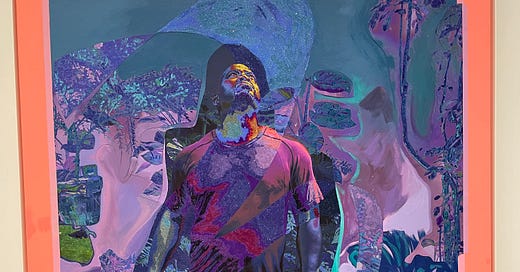




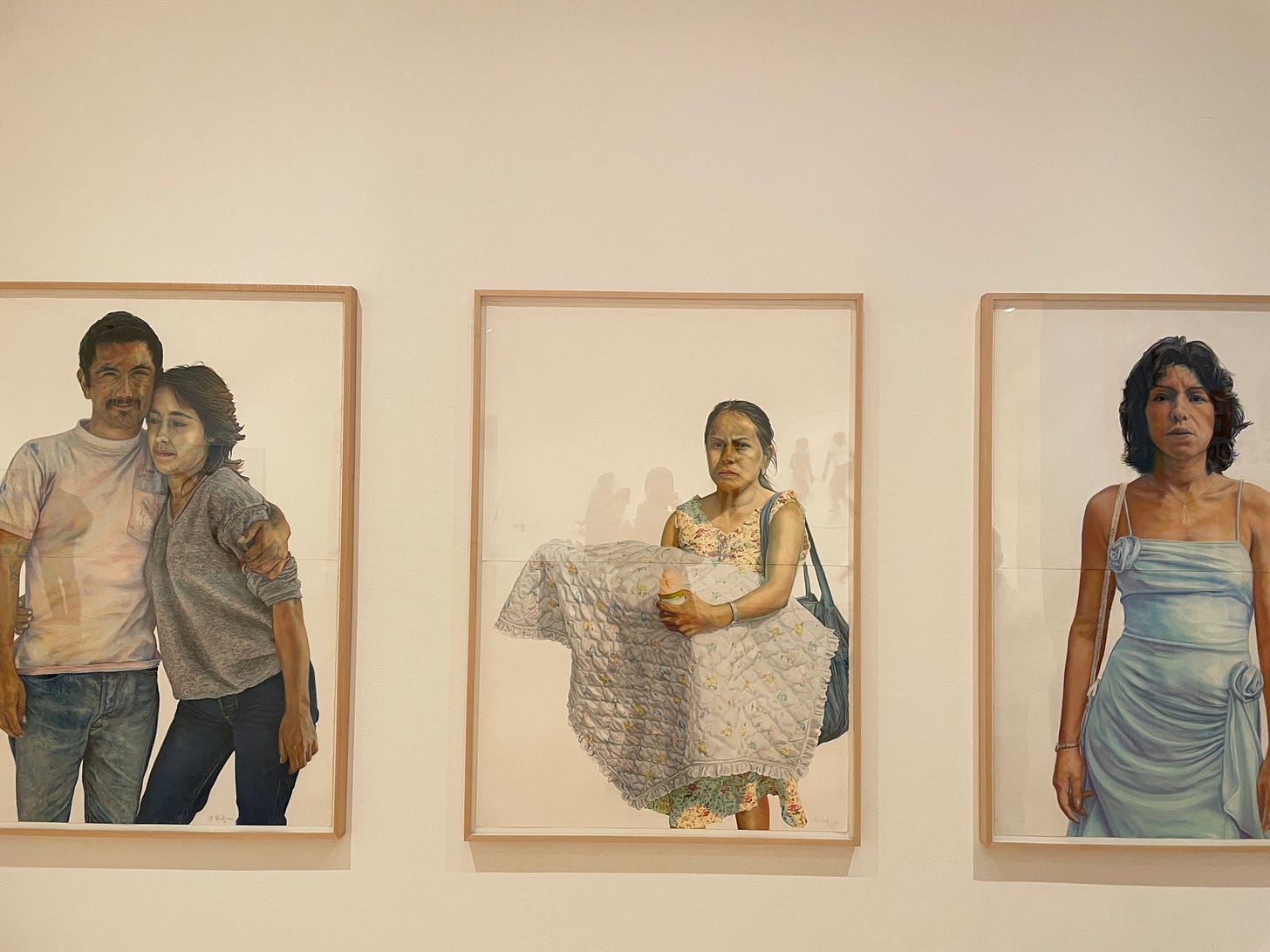
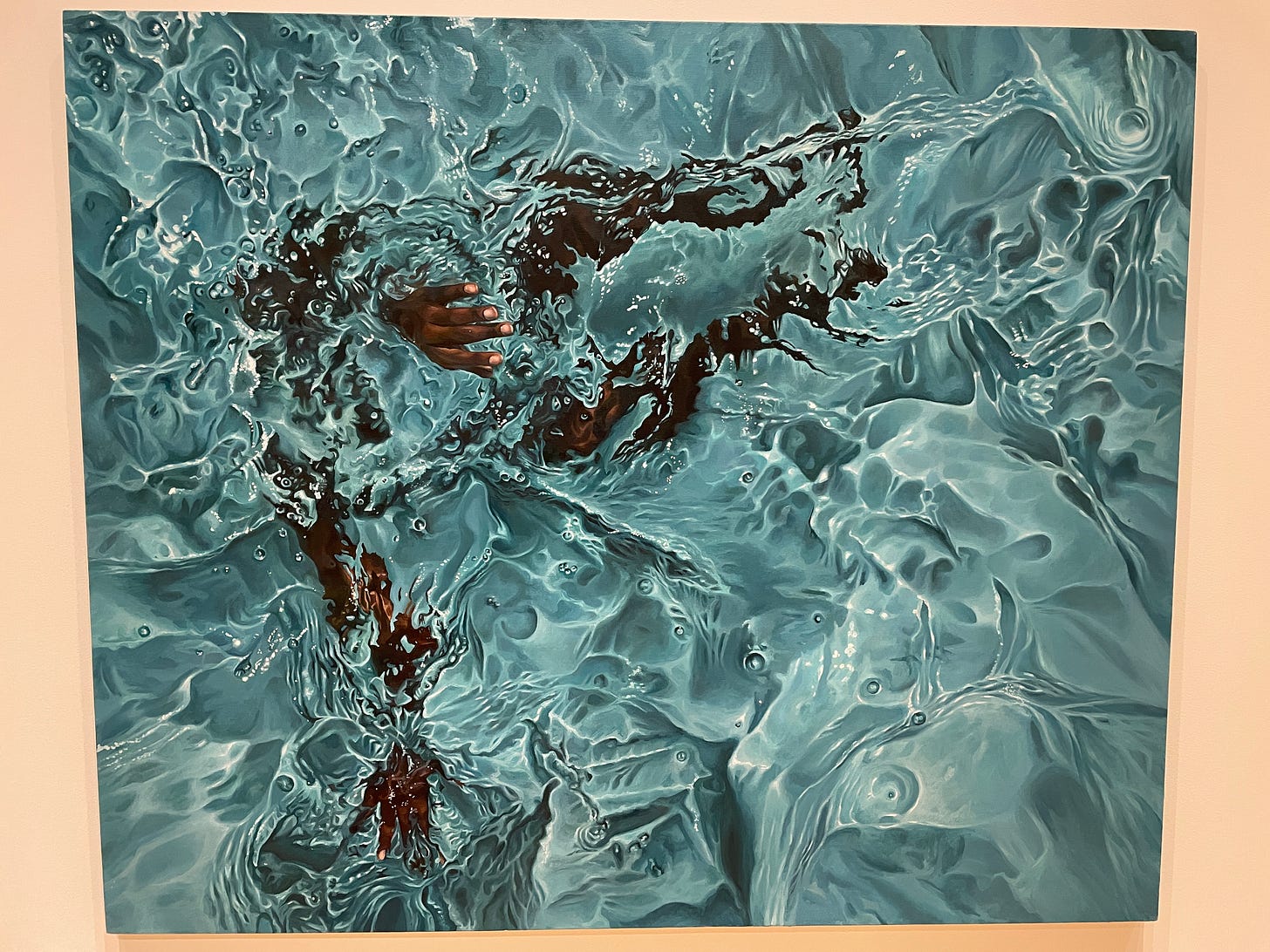
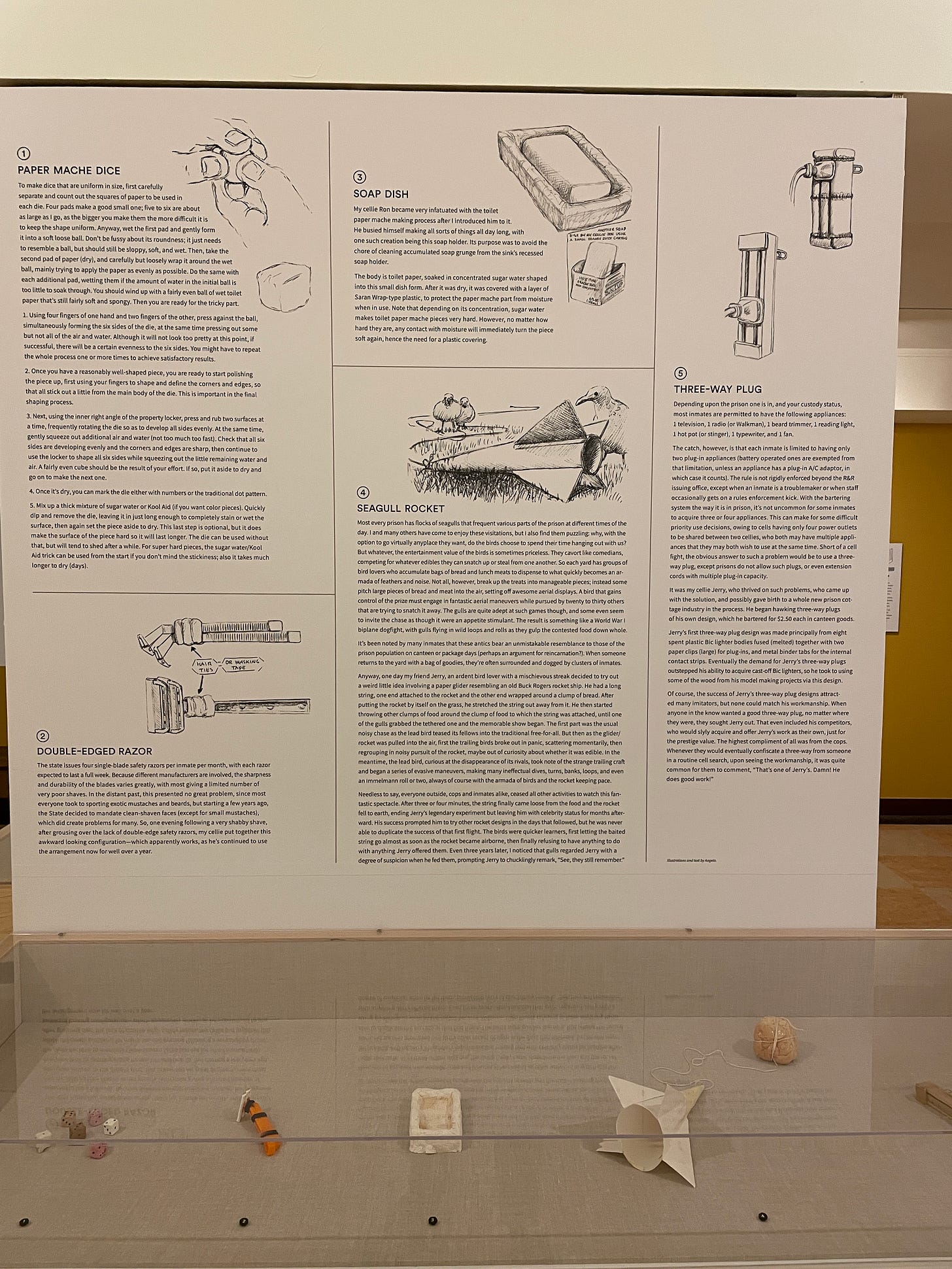
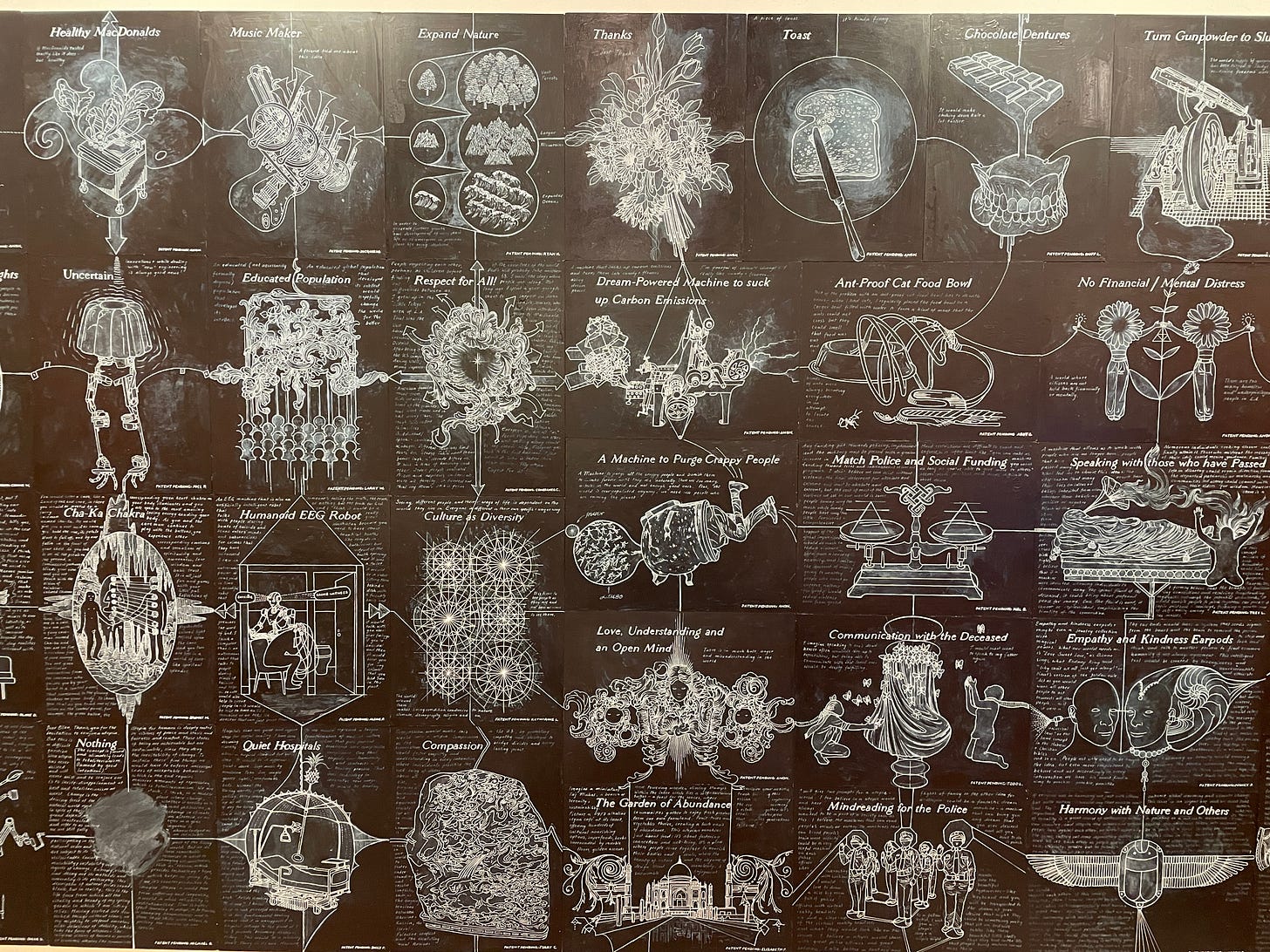
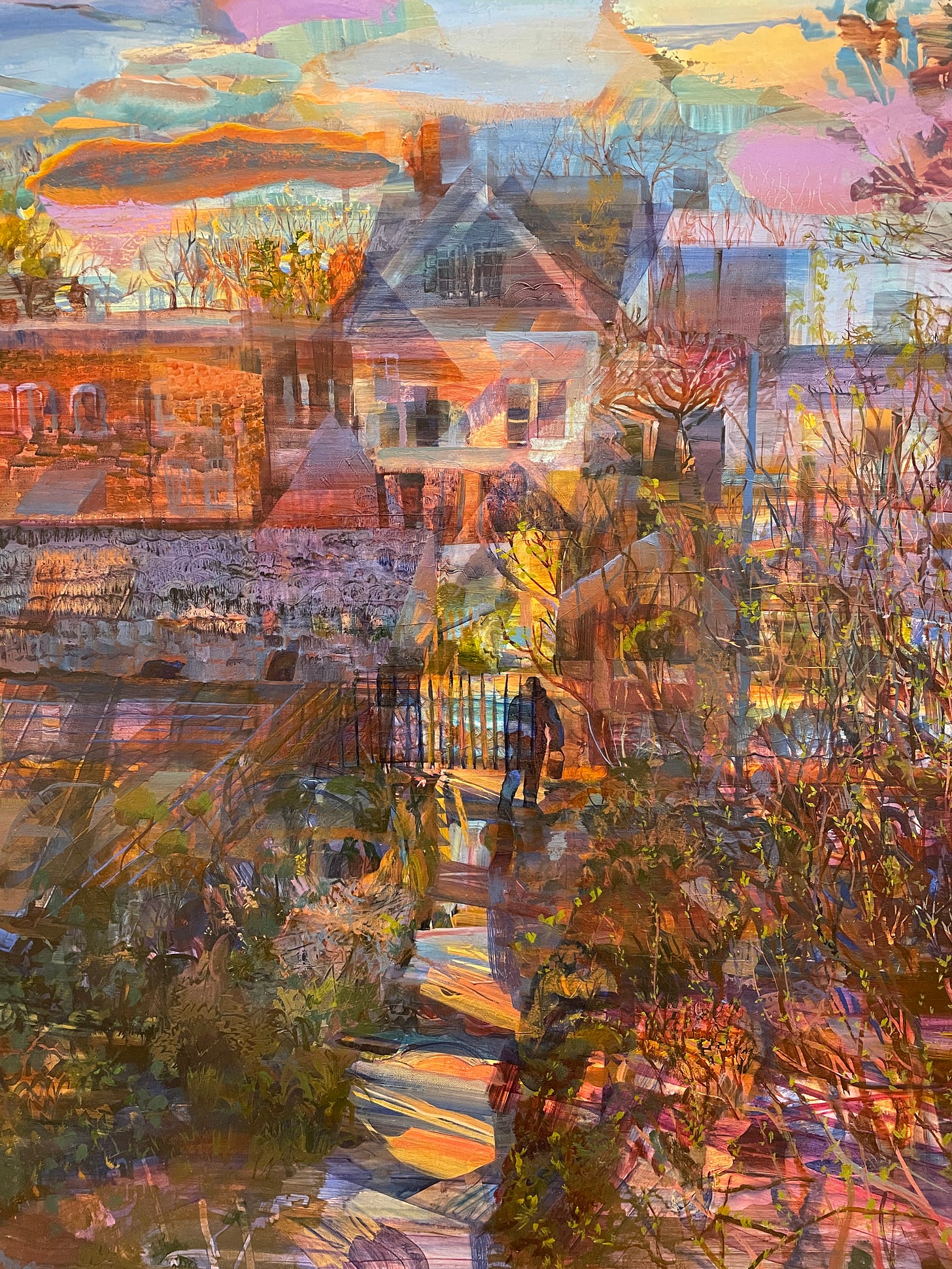
I’m fascinated by the idea that some sci-fi writers eventually transition into art critique. Are there any specific examples you’re thinking of? Bruce Sterling is my only guess, but I’m not well-versed enough in art to understand the difference between an art director and an art critic.
With empathy for the overwhelm of recent times, "a permanent ratcheting down of the American project" is a big statement; keeping in mind perspective of https://longnow.org/ little is likely to be permanent, and i think an 'American' spirit will persist even if how we experience the US as a dynamic and globally powerful state transitions substantially in the next twenty years.
Also to the point on "a period of decline and exhaustion — though not a self-inflicted one" --who's the 'self'? It's important to remember the ongoing efforts by some actors to inflict manipulation, exhaustion and a decline in perceived alternatives, upon the US's 99%.